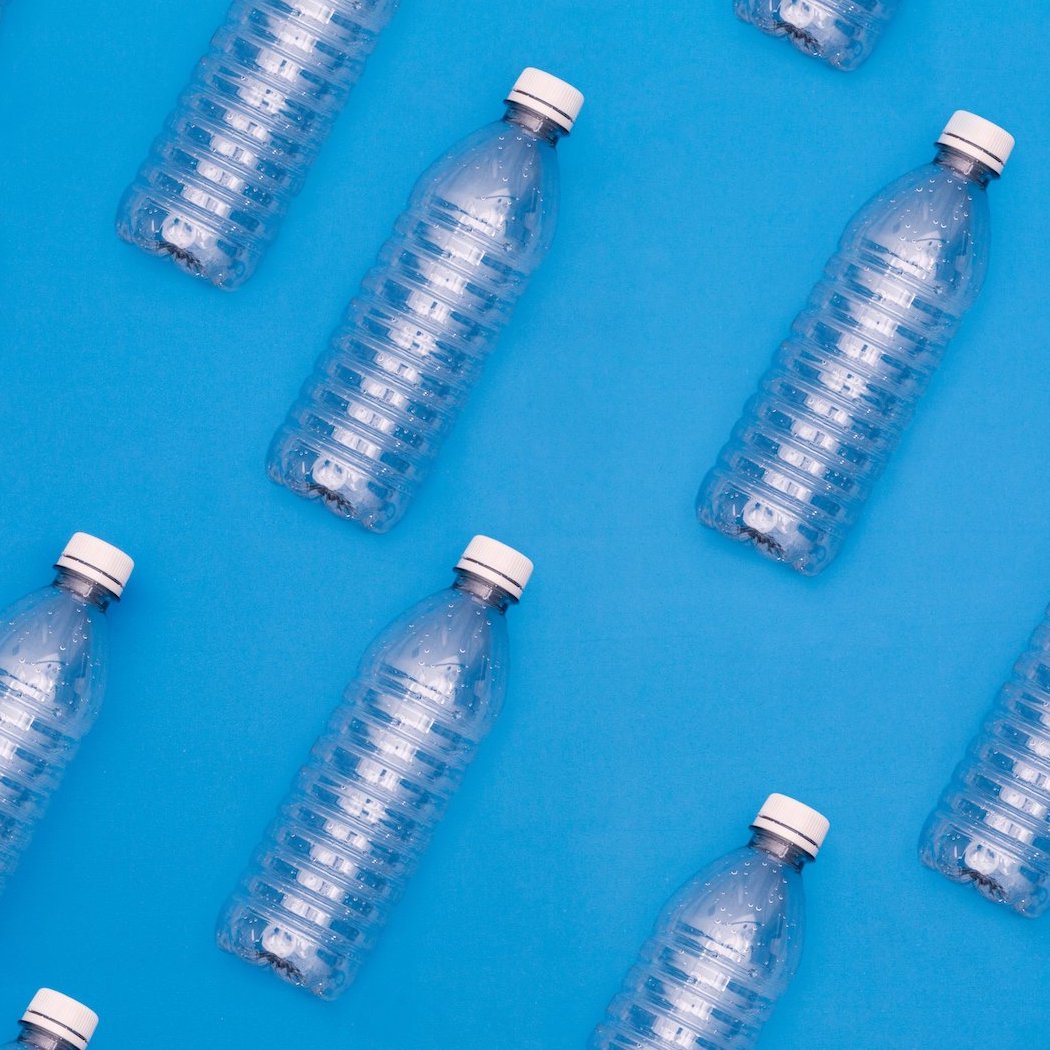
Bioplastics. Not organic. No solution.
Share
The term "bio-plastic" is a paradox, developed in marketing departments of companies that have recognized the spirit of the times. Because as soon as we read this we think that these plastics are per se better and more environmentally friendly than conventional plastics. Because the word "bio" is in it. With which we now automatically associate that something is purely natural, and good for us and nature. Some plastics even promise that they can be completely and quickly broken down in nature.
[featured-image-wide caption="By now almost everything is available in bioplastics: bags, bottles, cups. (Photo: Shopify Partners)"]
But are bioplastics really so environmentally friendly? Let's see, there are two variants: Biobased bioplastics and biodegradable plastics:
Biobased bioplastics.
They are produced from renewable resources such as corn starch, cellulose or lactic acid. This conserves fossil raw materials such as oil deposits. Sounds good at first, but these raw materials must be chemically processed to produce polymers similar to those produced from crude oil. There are also bioplastics that are produced from vegetable raw materials and mineral oil (copolymers).
[box color="teal" text="By the way: Until the 1930s, plastics were almost exclusively produced from renewable raw materials. Only since the end of the Second World War have fossil, non-renewable resources such as crude oil or natural gas been increasingly used as a source of raw materials. Why? Oil was available in abundance and the oil industry realized how it could earn even more money with oil. On the other hand, the production of plastics was supported by oil with subsidies and clever tax models."]
Since the beginning of the 2000s, plastics made from renewable resources have been in demand again, because the oil reserves are finite.
Biodegradable bioplastics.
They can be produced from renewable resources as well as from fossil fuels. According to DIN EN 13432, biodegradable means that a material must have decomposed to more than 90 percent water, carbon dioxide (CO2) and biomass after a specified time under defined temperature, oxygen and humidity conditions in the presence of microorganisms or fungi [fn-label id="1"].
One of the criticisms of currently degradable bioplastics made by the Federal Environment Agency is that no compostable biosubstances other than water and carbon dioxide remain after composting. These plastics are not suitable for use in domestic compost anyway, because domestic compost does not meet the requirements for degradation and the degradable bioplastic cannot be broken down.
In general, the Federal Environment Agency and environmental associations are very critical of bioplastics. While the European associations of plastics producers (PlasticsEurope) and plastics processors (EuPC) celebrate bioplastics and in particular degradable bioplastics as a major contribution to environmental protection, the german Federal Environment Agency regards these materials as a pure marketing tool. [fn-label id="2"]
This is because the ecological and CO2 balance of bioplastics is actually only slightly smaller than that of conventional plastics.
A study commissioned by the Federal Environment Agency comes to the following conclusion:
The cultivation and processing of plants for such packaging causes the soil and eutrophicating water to become more acidic than the production of conventional plastic packaging. In addition, higher particulate emissions are produced.
In addition, hardly any manufacturer has thought about recycling so far. There is no consensus among manufacturers that the biobased plastics can be recycled. From their point of view they are all recyclable. Unfortunately, bioplastics are also made up of different ingredients. It is simply not technically possible to recycle them. At the end of the day, all that remains is thermal recycling, i.e. waste incineration.
Conclusion:
bioplastics are no better than conventional plastics. So before you resort to products made of bioplastics, do without them and find out about really environmentally friendly alternatives.
[hr] [fn-note id="1" link="https://www.umweltbundesamt.de/sites/default/files/medien/publikation/long/3834.pdf" title="Federal Environment Agency: Biodegradable plastics, August 2009"] [fn-note id="2" link="https://www.umweltbundesamt.de/presse/pressemitteilungen/biokunststoffe-nicht-besser" title="Bioplastics no better"]
